|
The current phase of the project comes to completion on Wednesday 20 September with the walk back from the Museum of Bath at Work to the former Workhouse and its Burial Ground. We will complete the last section of the 1856 route as we cross the golf course and make our way through the University of Bath car parks. A route littered with ironies!
This is an all day walk starting with a 10.00 briefing at the Museum of Bath at Work. Join us at 16.30 or 18.00 at the Burial Ground on Wellsway
We aim to be at the Burial Ground around 16.30, here we will invent for ourselves a short paying of respects to those who died in poverty and whose bodies were disposed of in this field on the edge of the enchanted city. An opportunity to share thoughts and creative responses regarding the space itself and on the themes of poverty, respect, memory. All welcome for this moment. This will complete the cycle of walks exploring Winkworth's 1856 circuit of the parishes with the boys from the workhouse
At 18.00 at the Burial Ground, the next phase begins. John Payne and I invite all those who would like pay their respects and acknowledge those whose lives ended in poverty and are represented at this Burial Ground . We are calling out to those who may be interested in taking this project forward to join us beginning a process that will develop the research on the Workhouse and see some kind of creative memorialisation at the Workhouse Burial Ground. Perhaps we'll do some more of Mr Winkworth's walks and discover more about the other stories of Bath. If you cant make it and would like to be involved in this, please contact me. Estimated timings for those who might want to connect with us enroute 14.00 Top of Widcombe Hill entrance to NT Rainbow Woods opposite Copseland 15.00 in Combe Down junction of Belmont Road and Summer Lane..we will be walking along Shepherds Walk 16.00 We will leave Sainsbury's cafe to walk through the Workhouse site and round to the Burial Ground Here is the route we will take
You can of course follow online via Twitter (@walknowlive) and see Tools section of the site, using Viewranger or Social Hiking you can see the progress of the walk live.
2 Comments
Two walks feature in an upcoming micro published book and exhibition in Bath. Find another Bath 44AD November 15 -20. The Plaqued and the unPlaqued was a wayfaring experience in the enchanted city discovering who got tagged in Bath's late Victorian plaquing frenzy. We shared knowledge and quizzed passers by as to who these people were and what they did and why there were in Bath. We also explored some of those who didnt get plaques, many of Baths Last Legal Slaveowners were keen to be memorialised in death but even the infamous William Beckford although he gets the plaque it does not record the source of his vast wealth. Our addiction to sugar, obesity and diabetes could be considered a part of his legacy. Some strange neighbours for William Wilberforce and Jane Austen. From the Unplaqued a further walk takes us To The Burial Grounds,: from a wooded and picturesque Victorian graveyard where more of Bath's great and good are buried and memorialised to the workhouse field on the edge of town. Here in the Bath Union Workhouse burial ground over 3000 men, women and children are buried without memorials or a even plaque on the site. Lumps in the grass mark last resting places. For the efficiency of the grasscutting even an evolving central cluster of random stones has recently been removed. Here Lorna Brunstein made a small and moving performance, "From Field to Plate' which is documented for FindanotherBath. as " such lovely earth to lie in" bearing witness at the end of the walk.
 A new project beginning to shape up developing work on Bath's Last Legal Slave Owners and the idea of a larger river walk sense-ing the legacies of slavery and slaveownership. A disenchanted walk in time, space and place. The River Avon powered the brass mills between Bath and Bristol that produced the brass manillas that were the currency of the slave trade. Here in appalling conditions workers produced Guinea pots for sale in West Africa. The water drove hammers that the workers used to skillfully batter sheets of brass into shape. ...and more...those boats from Bristol did not set off for West Africa empty. And neither did they return from the Caribbean just with sweet things and leaves to smoke. Recceing and working this out at the moment. Join me share what you know, lets work this out...contact me on the form below. No spam I promise. Join me on foot or online on Sunday 1 May walking from Avonmouth to Bristol...up the gorge senseing the legacies of slavery and slaveownership Meet 11.00 Avonmouth train station. All day walk approx 10 miles.
|
Archives
February 2024
Categories
All
|
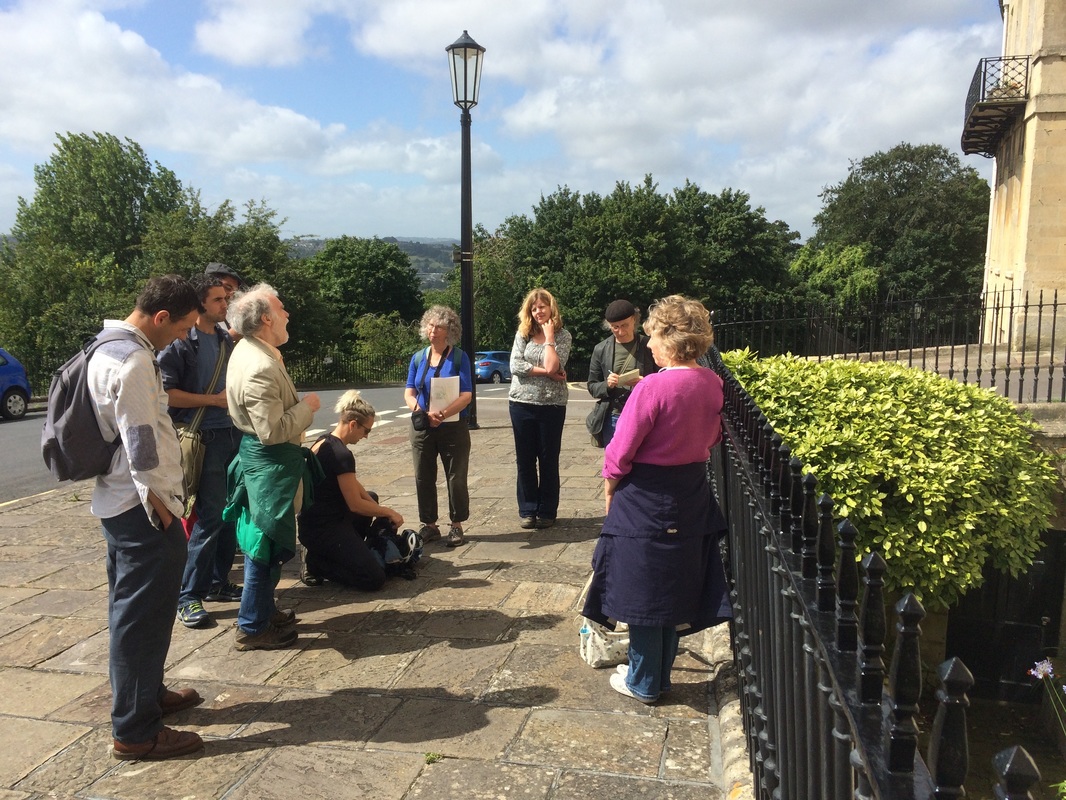
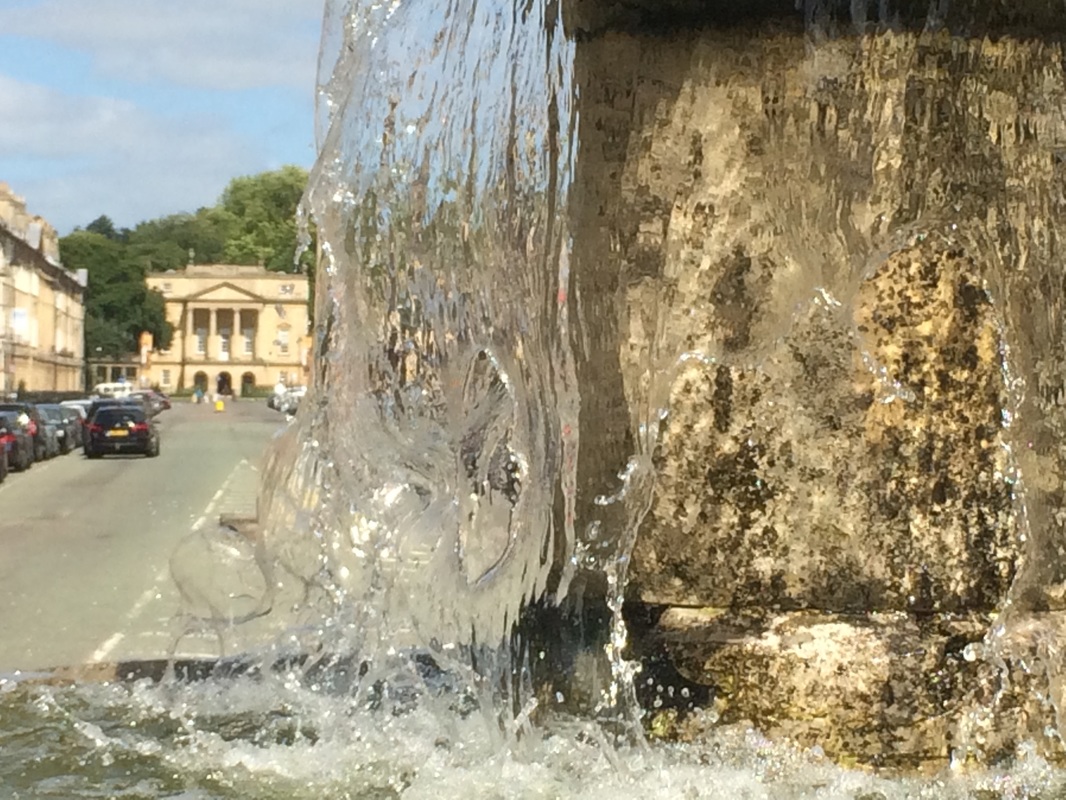


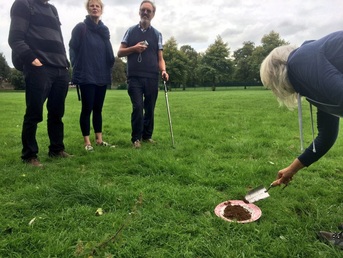

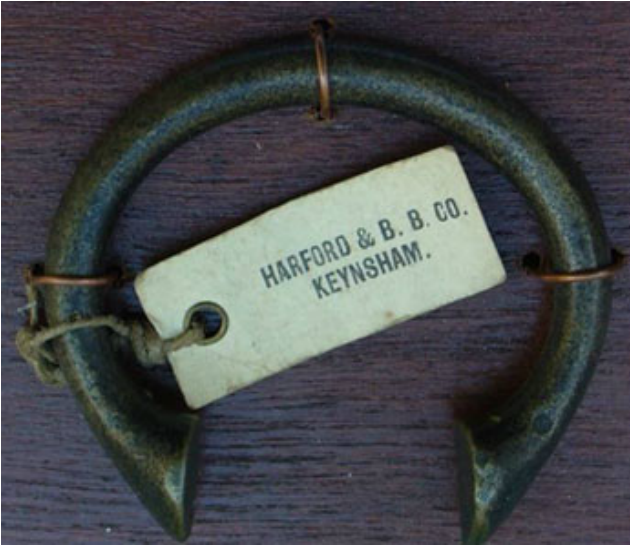
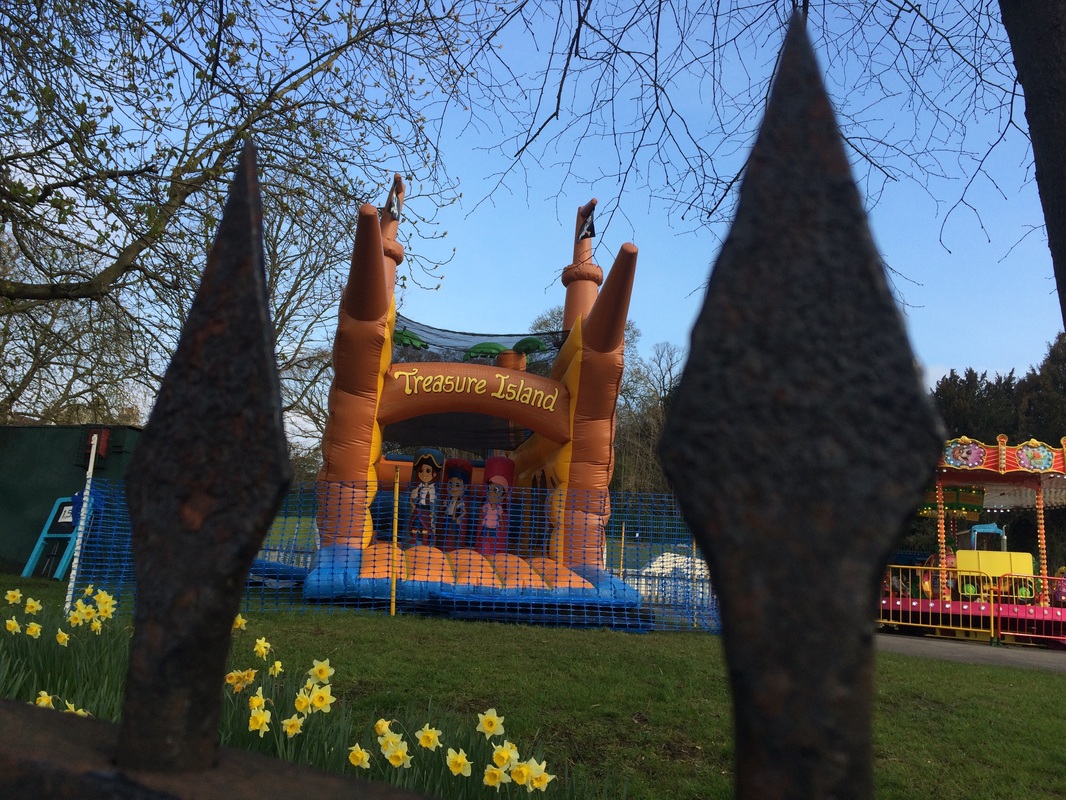
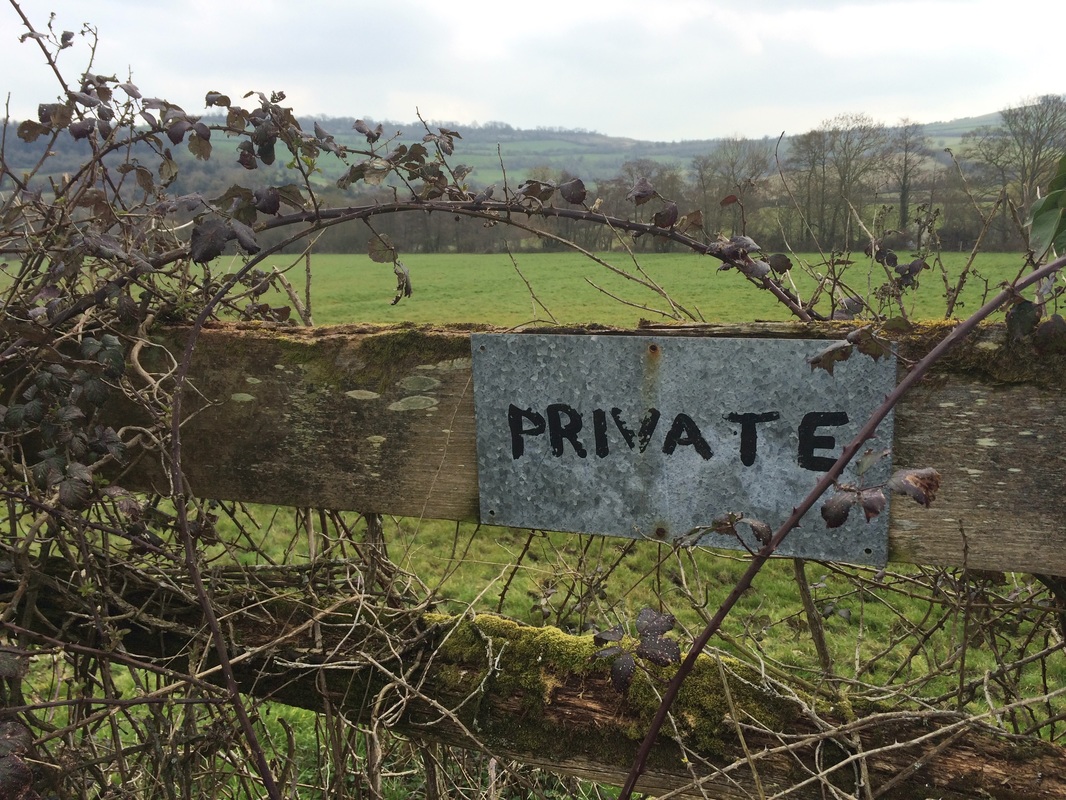

 RSS Feed
RSS Feed